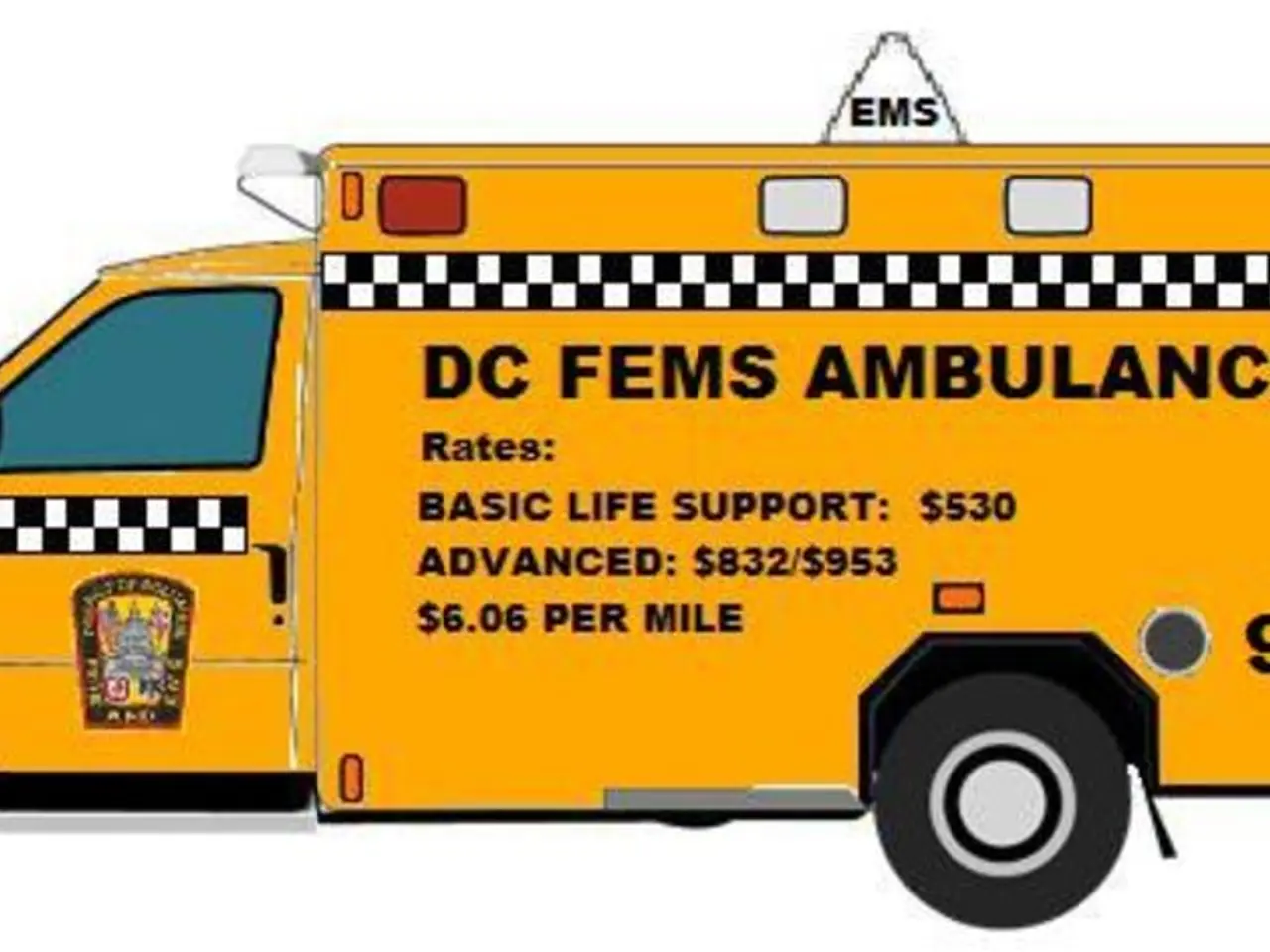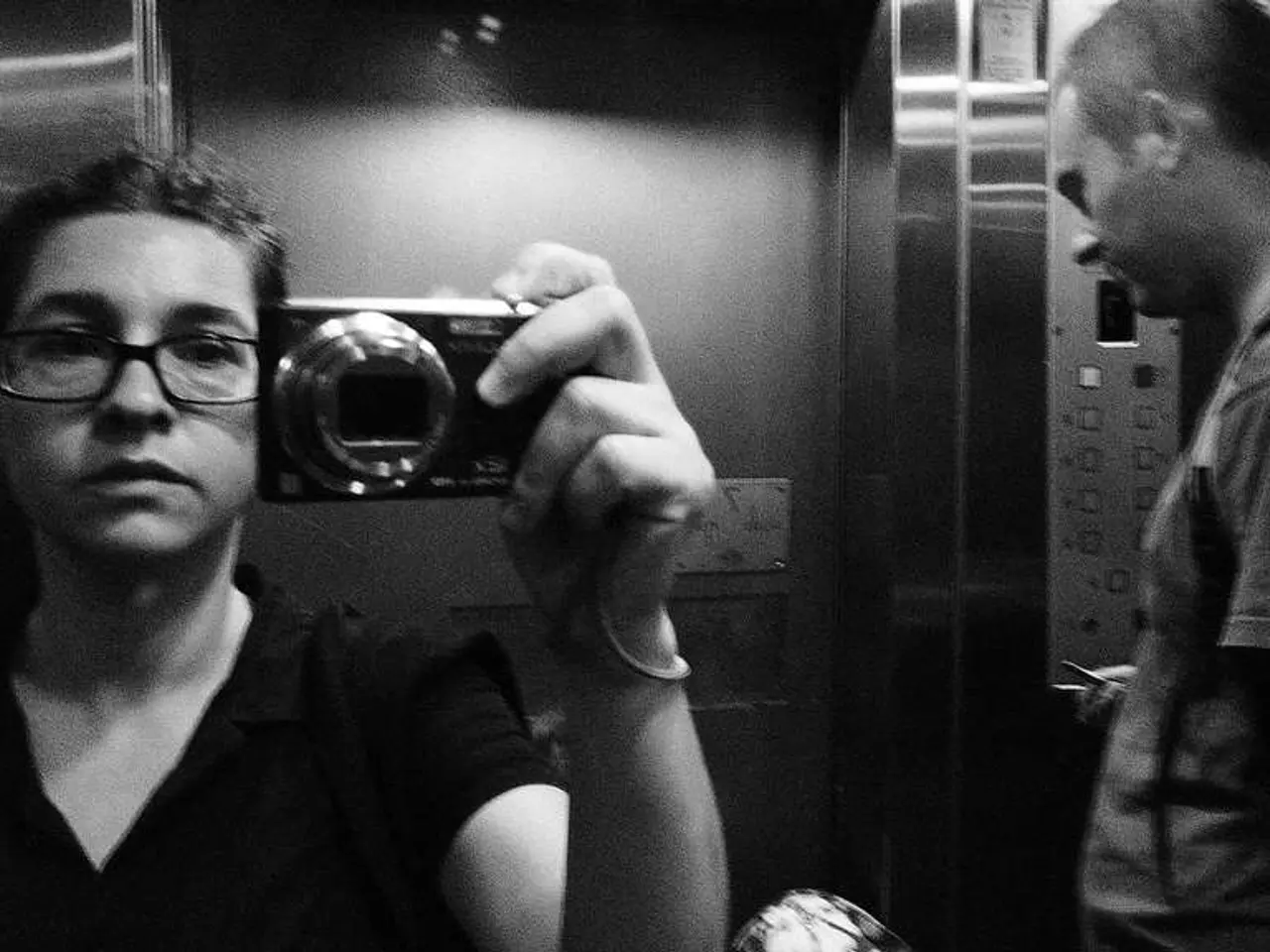Crisis Areas and Military Medical Sciences: Insights into Preparedness, Collaboration, and Compassionate Care
Military Medical Services: A Crucial Component in Disaster Response
In a series of webinars led by Professor Tim Hodgetts, the Master General of the Army Medical Services and former Surgeon General of the UK Armed Forces, the role of military medical services in disaster response is under the spotlight. The discussions focus on the preparation of military personnel for environmental extremes in operational settings, as well as the evolving role of military medical services in disaster response.
The webinars emphasize the importance of practical response, future readiness, and civil-military collaboration. As climate change increases the frequency and intensity of natural disasters, military medical teams are increasingly called upon to support humanitarian crises.
Military medical services play a critical role in disaster response by providing rapid, ready, and sustained medical care. They operate alongside civilian agencies and NGOs to enhance relief efforts, leveraging their rapid deployment capacity, operational discipline, and emerging technologies.
The unique strengths of military-led deployments include their ability to mobilize rapidly with mobile clinics, field medical support, vaccination and disease containment, infrastructure support (power, water, shelter), and secure logistics even in resource-constrained environments. Their training in operating under high-intensity, multi-domain conditions enables them to maintain medical readiness while supporting civil authorities.
However, limitations often involve integration complexities with diverse civilian agencies and NGOs, different operational cultures, and challenges in shifting from short-term emergency care to sustainable recovery and community rebuilding. The webinars highlight the importance of pre-disaster planning, rapid deployment logistics, and joint coordination to optimize their effectiveness in crisis zones.
Critical lessons learned from recent responses, including the COVID-19 pandemic and the 2023 Turkey earthquake, are shared. The value of continuous improvements in disaster response planning, interagency cooperation, and adaptive logistics has emerged from these experiences.
Integration with civilian and NGO-led disaster relief occurs through established frameworks like the National Incident Management System (NIMS), which facilitates unified command and resource sharing among government, non-governmental, and private sectors, including military medical units. This coordination ensures effective on-the-ground collaboration, avoiding duplication and fostering comprehensive care and shelter services.
Technological innovations such as telemedicine, drones, and other advanced tools are increasingly integrated into military medical disaster operations. Telemedicine expands reach into remote or inaccessible areas, allowing specialists to guide care virtually, while drones can deliver medical supplies or conduct reconnaissance in disaster zones, enhancing situational awareness and response speed. These technologies contribute to more effective, adaptable crisis medical support, though practical deployment protocols and interoperability with civilian systems remain areas for ongoing development.
Professor Tim Hodgetts, an expert in the field of extreme medicine with a background in advising on military medical services and holding senior NATO medical leadership roles, continues to advise on extreme medicine strategy and deployment.
The final session of the webinar series focuses on the evolving role of military medical services in disaster response, addressing challenges in treating trauma, chronic conditions, and vulnerable populations in austere settings. The series concludes with a focus on practical response, future readiness, and civil-military collaboration.
The webinar series is available for viewing. Part One can be watched here, and Part Two can be watched here. Professor Tim Hodgetts is a key figure in the discussion of civil-military collaboration in disaster response.
- In the webinar series led by Professor Tim Hodgetts, the evolving role of military medical services in treating trauma, chronic medical conditions, and vulnerable populations within austere settings is a focal point of discussion.
- As climate change intensifies and leads to an increase in natural disasters, military medical teams are increasingly utilized to support humanitarian crises, providing rapid, ready, and sustained medical care.
- During the webinar series, there is an emphasis on the importance of optimal collaboration between civil authorities and military medical units in disaster response, through the use of established frameworks like the National Incident Management System (NIMS).
- Technological innovations such as telemedicine, drones, and other advanced tools are increasingly integrated into military medical disaster operations to expand reach, enhance situational awareness, and improve response speed, with ongoing development needed to ensure proper deployment protocols and interoperability with civilian systems.




